We helped Mat and Kat move to Valencia from the UK in December 2016. This is the second part of their experience of moving to Valencia, you can read the first part here.
Arrival
Pro tip: If you’re going to book somewhere temporary, make sure it has a large spare room so you can store all your possessions with you. Label the boxes clearly so you can find things when you need them in a hurry!
As we approached Valencia we messaged our Airbnb host and she met us at the door. Paul helped us unload the van in record time and we said goodbye to a new friend. Once we’d packed our boxes away, we celebrated that this event we’d been planning for so long had finally arrived, and we were living the adventure!
Our Airbnb was in Torrefiel in the north of the city. It’s about twenty minutes by bus from the centre, and although it’s not a touristy area at all but we felt safe and welcome there. Our apartment had a very large outdoor space, which we thought was going to be important for us, but it was quite cold in January and we didn’t use it that much.
The first things we bought when we arrived were Mobilis cards; pre-pay cards for use on buses and the metro. It’s much cheaper than buying single tickets and you don’t need to keep a pocket full of change. We also got Valenbisi accounts, which allow you to hire bikes across the city, and use the Mobilis card as your ID.
Slightly more complicated was getting a bank account. We opened Cuenta Expansion accounts with Banco de Sabadell, they allow you to open an account with a foreign passport and no permanent Spanish address. Linda helped us set these up and we collected the debit cards from the bank five days later. Sabadell have a really good mobile app and English speakers their call centres speak English which is helpful if you have a complicated question.
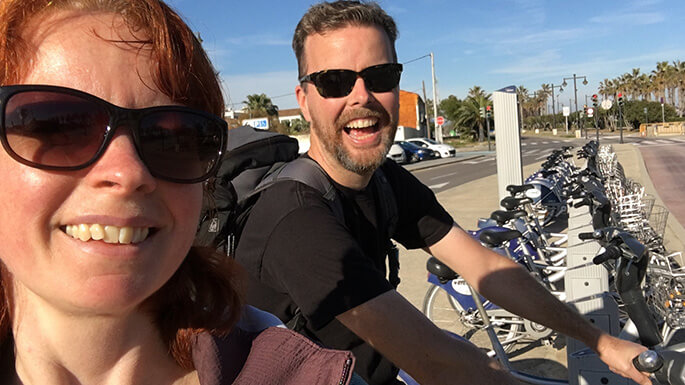
The next task was to get Spanish mobile phone numbers – to do that we needed a Spanish bank account. We signed up online with mobile operator Tuenti who have a cheap tariff, no minimum contract and posted the SIM cards to us next day delivery.
Finally we got our NIEs, the Spanish ID numbers that are the key to a smooth life. Linda had already made the appointments for us, so we filled in the paperwork, headed down to the immigration office near the main train station, and had no problems getting them. We followed Linda’s blog post and everything went perfectly.
The only minor problem was that we added the appointments to our digital calendars in the UK, and when we came to Spain the appointments moved themselves back an hour due to the time zone change and we nearly missed them!
Finding a home
This is where Linda and Janis really shined. Linda asked us to make a shortlist of 10-15 apartments that we’d like to view, and we used Idealista and Fotocasa to hunt for the our new home. These two websites really dominate the rental market, although you might also find property on Milanuncios if your Spanish is good. Linda pointed out problems with a couple of the places we’d chosen that we hadn’t spotted, and made the appointments for us.
Linda and Janis accompanied us on six viewings over three days, from tiny one-bedroom apartments in Benimaclet to ultra-modern 19th-floor penthouses overlooking the City of Arts and Sciences. Linda translated for us when we had questions for the landlords, and did a great job of selling us as the best tenants the landlords could hope for.
Pro tip: Moving to Spain in the winter makes it easier to find a home because you’ll have less competition for housing.
We immediately knew when we’d found the right apartment for us. It was a four-bedroom penthouse in a fairly central location, with a lovely little roof garden and a big kitchen. We decided to sign up on the spot. Linda translated the rental contract for us and went through it in detail with us, answering all our questions about Spanish law and customs.
One surprise for us is that most rental agents charge a full month’s rent as a fee. One month’s rent as deposit is standard, two months is acceptable for fully-furnished apartments – but some agents ask for five or even six months! Linda also came to the landlord’s office to translate while we signed the contract, which made the whole experience enjoyable rather than scary.
The only problem with the apartment was that it wasn’t going to be available for another month to let the existing tenant leave, so we had to find another Airbnb for a month. We chose a place close to our new apartment, and it was really interesting to live in a different part of the city.
The new place was more expensive and in better condition, but it didn’t have an outside space. We were starting to realise that we didn’t need a terrace – in Spain people spend a lot of time outdoors in public spaces, so a private outdoor space isn’t that important.
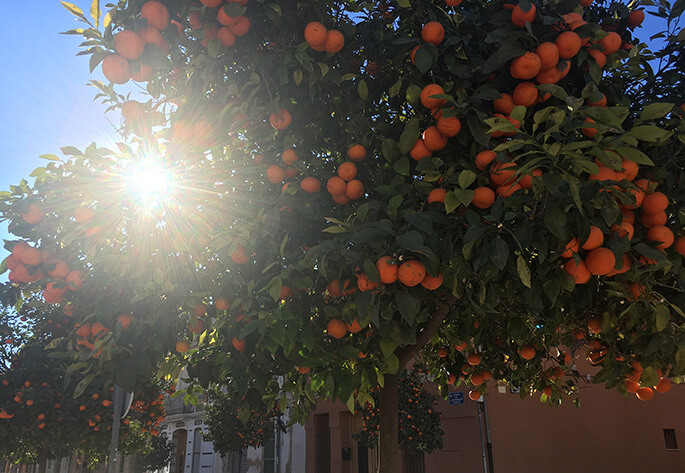
Getting to know the city
So we’d got all our important documents and accounts sorted out, and just had to wait a month to move into our new apartment. Relaxed and happy, we started exploring Valencia.
We discovered two cinemas in the city that show films that aren’t dubbed into Spanish (called VOSE – Version Original Subtitulada al Español): Babel and Yelmo. We went down to the beach and found a really nice community space called La Fabrica De Hielo. We bought all our fruit and vegetables fresh from the central market each morning. We discovered the wonders of buñuelos dipped in hot chocolate.
We joined the Valencia Information Exchange and Expats in Valencia Facebook groups and met some new friends for coffee. We attended the International Breakfasts at Wayco. We started going to a wonderful cafe in Benimaclet on a Thursday night and made some lovely Spanish friends who wanted to practice their English on us. We found a Spanish teacher who does private home lessons, and we’re gradually improving.
Little by little we fell in love with the city.
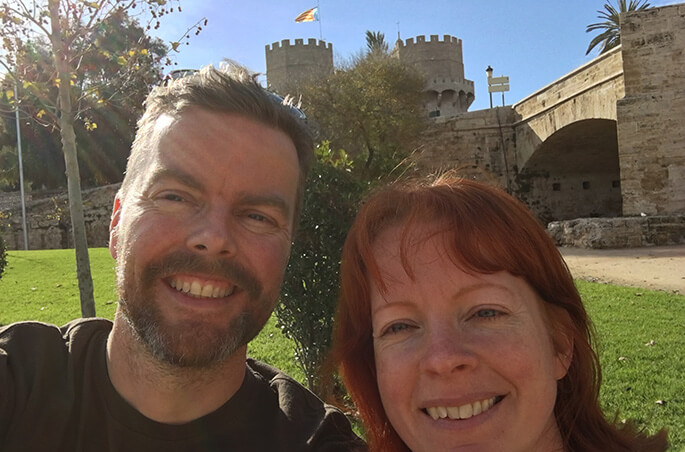
Finding another home
Pro tip: when you rent an apartment, the landlord will usually want your bank details to set up payment of the electricity, gas and water bills. The bills will be in the landlord’s name but are delivered to your apartment so you can monitor your usage.
Sadly though, our dream apartment wasn’t to be. The sitting tenant wasn’t ready to move, and as our deadline approached it was obvious that they weren’t going to move on the date that we’d agreed. So with heavy hearts we started flat-hunting again.
Linda and Janis were very upbeat and were happy to arrange more viewings. We saw five more apartments, and found one that we really liked – a listed building with big rooms and high ceilings, right in the city centre but tucked away so it’s nice and quiet. The other thing that sold it to us was that it was unfurnished – a lot of Spanish furniture is very dark and heavy, and not to our tastes.
The landlady was super friendly and took us out for coffee at her favourite cafe. Because it was a private let there was no agent’s fee either. Linda worked her magic selling us to the landlady, translated our questions and helped us understand the contract.
The landlady kindly gave us the keys a few days before our moving in date, so we were able to get the internet connected (thanks again to Linda who called and set it up for us). It took three working days for Movistar to set it up, and it took an engineer about an hour to connect the fibre optic set up the router.
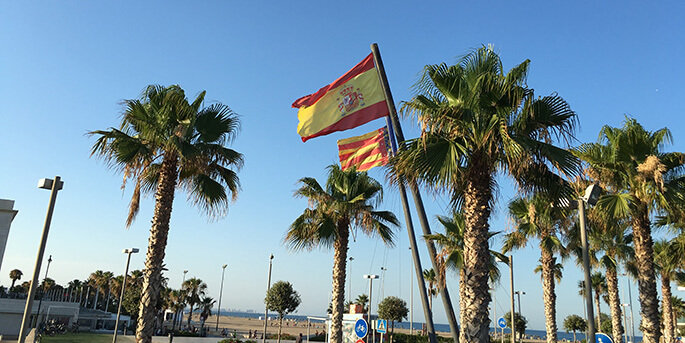
Moving to Valencia
We’re now moved in, settled in our new home and absolutely loving Valencia. It’s a warm, friendly city full of great people, beautiful buildings and amazing food.
Linda and Janis did everything possible to help us move to Valencia. They gave us loads of advice about places to live, visit and eat. They made appointments for us and then drove us there. They’ve been our guides, translators and negotiators, always on our side and fighting for us. And most of all, they’ve become good friends along the way.
We really hope that our story has been helpful to you, and hope to meet you soon!

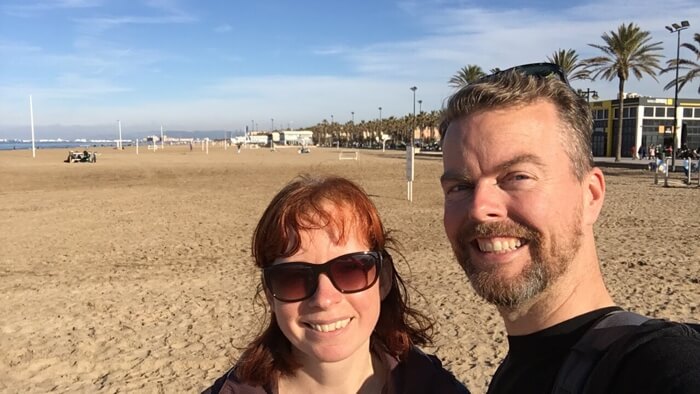
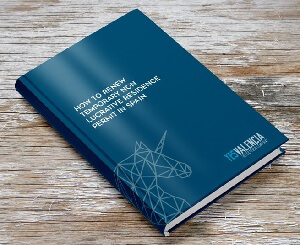
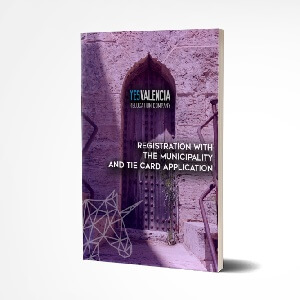

No responses yet